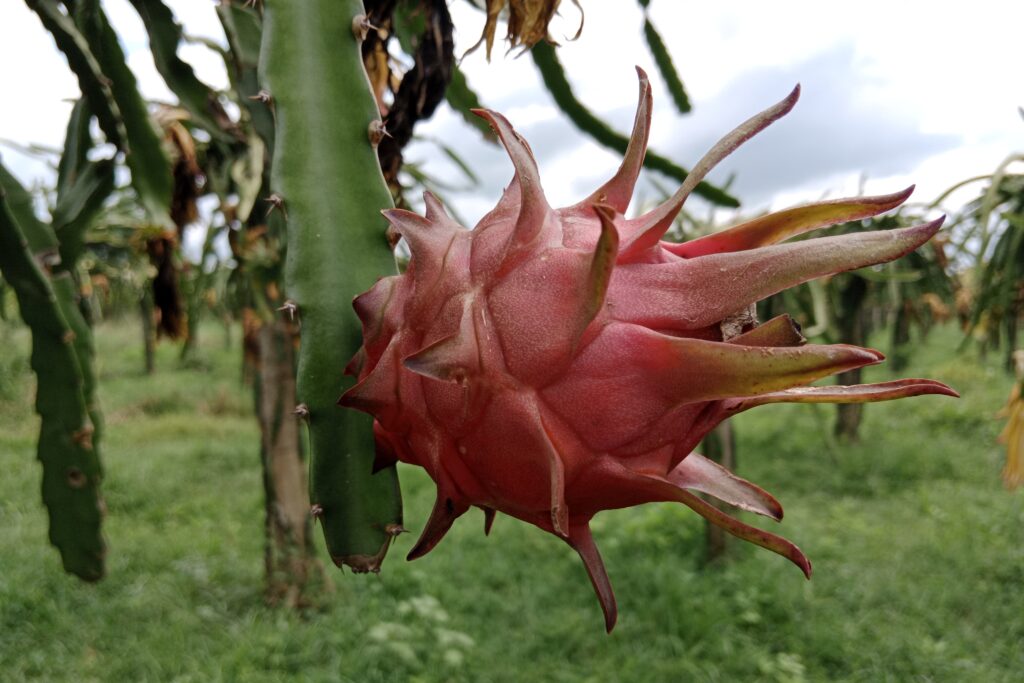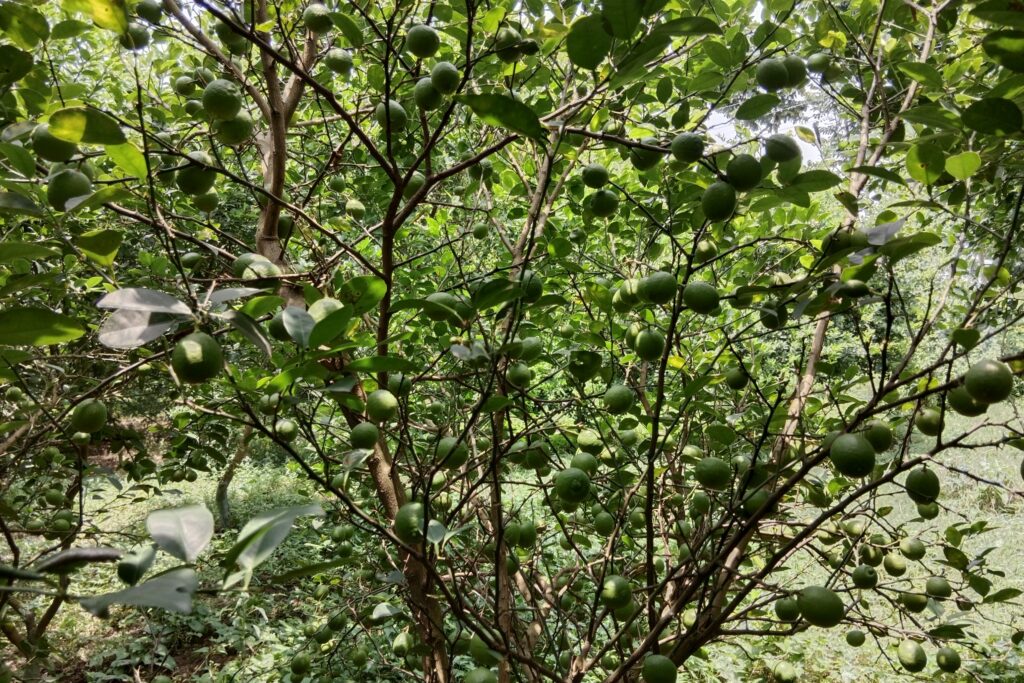Plant Cell Wall
The plant cell wall is a dynamic and multifaceted structure that serves as a cornerstone for growth, defense, and cellular communication. Exploring its layers, essential components, lignification process, and development unveils a remarkable architecture that balances rigidity with flexibility. Far beyond being a mere structural barrier, the plant cell wall is a living, adaptable entity that underpins plant resilience and adaptability. Its intricate interplay of biochemistry and physiology continues to inspire innovations in agriculture, materials science, and biotechnology, highlighting its significance in both natural ecosystems and modern scientific advancements.
Layers of the Plant Cell Wall
The plant cell wall is a multilayered structure that provides strength, flexibility, and cohesion to plant cells. Each layer has a unique composition and function, contributing to the overall integrity and functionality of the plant cell wall:
Inner Lamella (S3)
Composition
Contains parallel-oriented cellulose fibrils and hemicelluloses.
Function
Provides mechanical strength and stability to the inner parts of the wall.
Significance
Critical in maintaining the rigidity required for the cell’s structural support.
Intermediate Lamella (S2)
Composition
Composed primarily of parallel cellulose microfibrils.
Function
Adds to the structural rigidity of the plant cell wall.
Significance
This layer often represents the thickest part of the secondary wall and plays a significant role in mechanical support.
Outer Lamella (S1)
Composition
Features dispersed cellulose microfibrils alongside hemicelluloses, pectins, and structural proteins.
Function
Offers flexibility and structural integration with adjacent cells or layers.
Significance
Acts as a transition zone, balancing rigidity and elasticity in the wall.
Primary Cell Wall
Composition
Contains dispersed cellulose microfibrils interwoven with pectins, hemicelluloses, and structural proteins.
Function
Maintains flexibility to accommodate cell growth and expansion.
Significance
Essential during early cell development, allowing cells to grow while maintaining integrity.
Middle Lamella
Composition
Rich in pectins, primarily acting as an adhesive between adjacent cells.
Function
Binds neighboring cells together, forming a cohesive tissue structure.
Significance
Plays a key role in plant tissue cohesion and structural integrity.
Each layer works synergistically, contributing to the cell wall’s dual role as a protective barrier and a dynamic structure capable of adapting to growth, environmental changes, and cellular interactions.
Study About Biomembrane : Structure and Function of Biomembrane.
Components of the Plant Cell Wall
The plant cell wall is a composite structure composed of various biopolymers that work together to provide mechanical strength, flexibility, and adaptability. Here’s an overview of its main components:
- The cell wall’s strength comes from cellulose microfibrils, while pectins and hemicelluloses provide flexibility and cohesion.
- Structural proteins and enzymes allow for dynamic changes in the wall, ensuring growth, repair, and adaptation to environmental stresses.
- This intricate combination of biopolymers makes the plant cell wall a multifunctional structure essential for plant life.
Cellulose
Structure
- A polysaccharide composed of β-glucose monomers linked by β1→4 glycosidic bonds.
- These long chains aggregate to form microfibrils, stabilized by hydrogen bonds.
- Within the microfibrils, crystalline micelles contribute to the cell wall’s strength.
Strength
- Hydrogen bonding between cellulose molecules creates a highly durable framework.
- The secondary wall features parallel orientation of cellulose microfibrils, enhancing rigidity.
- The primary wall has a dispersed arrangement of microfibrils, allowing flexibility.
Function
- Provides structural integrity and resists mechanical stress.
Pectins
Role
- Highly hydrophilic and negatively charged, pectins facilitate cell adhesion and maintain flexibility.
- They play a key role in water retention and gel formation within the wall.
Types
- Homogalacturonan
- Linear chains of α-galacturonic acid.
- Cross-linked by calcium (Ca²⁺) or magnesium (Mg²⁺) ions, forming a gel-like “egg-box” structure.
2. Rhamnogalacturonans I & II:
- Complex polymers with various sugar monomers and branched chains.
- These provide additional structural diversity and functionality.
Extraction
- Commercially derived from citrus fruits, apple pomace, and sugar beet through hot water extraction and alcohol precipitation.
Hemicelluloses
Function
- Serve as cross-linking agents, binding cellulose microfibrils to enhance structural stability.
- They contribute to the cell wall’s dynamic properties, balancing rigidity and elasticity.
Types
- Xyloglucan
- Backbone of β-glucose units with side chains of α-fucose and galactose.
2. Glucuronoarabinoxylan
- Polyxylan backbone with branched α-glucose and arabinose.
- These variations enable hemicelluloses to integrate seamlessly into different cell wall layers.
Proteins
Structural Proteins
- Include extensins (hydroxyproline-rich glycoproteins), proline-rich proteins, and glycine-rich proteins.
- Provide mechanical stability by interacting with negatively charged pectins.
Enzymes
Play critical roles in plant cell wall remodeling and defense
- Peroxidases: Catalyze the cross-linking of carbohydrates via phenolic compounds.
- Hydrolases: Degrade cell wall polysaccharides during growth, ripening, and defense responses.
Lignin: A Fortress of Strength
Lignin is a key component of plant cell walls, particularly in specialized tissues like wood and vascular systems. It provides critical properties that enable plants to withstand mechanical stress, transport water efficiently, and thrive in diverse environments.
Lignin acts as a fortress of strength in the plant cell wall, providing plants with mechanical stability, water resistance, and a robust defense system. It transforms plant tissues into highly durable and specialized structures, playing a central role in their growth, adaptation, and survival.
Composition
Lignin is a complex polymer formed from phenolic alcohols:
- Coniferyl alcohol
- Sinapyl alcohol
- p-Coumaryl alcohol
These alcohols are derivatives of cinnamic acid and serve as the building blocks of lignin.
The composition and proportion of these monomers vary depending on the type of plant and the tissue in which lignin is deposited. For instance:
- Softwoods are rich in coniferyl alcohol.
- Hardwoods contain both coniferyl and sinapyl alcohol.
- Grasses often have significant amounts of p-coumaryl alcohol.
Function
Mechanical Stability
- Lignin acts as a rigid scaffold, reinforcing the cell wall and enhancing the plant’s ability to withstand external stresses such as wind and gravity.
- It is especially vital in woody tissues and vascular structures like tracheids and vessels, where strength and rigidity are paramount.
Water Impermeability
- Lignin reduces the permeability of cell walls, making them water-resistant.
- This property is critical for the efficient conduction of water in vascular tissues and for preventing water loss in lignified cells.
Defense
- Lignin contributes to the plant’s defense against pathogens by creating a barrier that resists enzymatic degradation.
The Lignification Process
Initiation
- Lignification begins at the middle lamella, the intercellular layer that binds adjacent cells.
- This initial deposition strengthens the bond between neighboring cells.
Spread to Primary and Secondary Walls
- Lignin spreads from the middle lamella into the primary and secondary cell walls, progressively fortifying the structure.
- The degree and pattern of lignification depend on the cell type and its function.
Programmed Cell Death
- In cells like tracheids and fibers, lignification coincides with programmed cell death (PCD) of the protoplast.
- The protoplast’s space becomes the lumen, a hollow cavity that aids in water transport or mechanical strength.
Importance in Woody Tissues
Tracheids and Vessels
- These vascular elements are impregnated with lignin to withstand the tension forces of water transport.
- Lignin also prevents collapse under the negative pressure generated during transpiration.
Structural Role in Wood
- The thickening growth of plant stems and trunks (secondary growth) involves extensive lignification.
- This process produces the xylem, a tissue largely composed of lignified tracheids and vessels.
Evolutionary Significance
- Lignin is considered a major evolutionary adaptation that allowed plants to colonize land.
- Its presence enabled the development of tall, woody plants capable of competing for sunlight and surviving in arid conditions.
Development of the Plant Cell Wall
The development of the cell wall is a finely regulated process that ensures its structure adapts to support growth, maintain strength, and fulfill diverse biological roles. The development of the cell wall is a complex interplay of biochemical assembly, enzymatic remodeling, and structural specialization. These processes ensure that the wall fulfills its roles in growth, support, and transport, adapting to the needs of different plant tissues and environmental conditions. Below is an overview of the key stages and mechanisms involved:
Assembly in Angiosperms
In flowering plants (angiosperms), the initial assembly of the cell wall varies depending on the plant’s taxonomy and ecological adaptation:
Type I Walls (Dicots and Non-Grass Monocots)
- Rich in pectins and xyloglucan, these walls are flexible and accommodate cell expansion.
- Pectins confer hydrophilicity and adhesion, while xyloglucans cross-link with cellulose microfibrils for structural integrity.
Type II Walls (Grasses and Other Monocots)
- Dominated by glucuronoarabinoxylans, which act as the major hemicellulose.
- These walls contain fewer pectins and xyloglucans, reflecting adaptations for drought resistance and mechanical strength in grasses.
Cell Elongation
During growth, the plant cell wall must expand without losing its structural integrity. This process involves enzymatic remodeling:
Mechanism of Expansion
- Enzymes like endotransglucosylases (XTHs) and expansins play a pivotal role.
- Endotransglucosylases cleave and reattach xyloglucans, allowing the cellulose-hemicellulose network to adjust.
- Expansins disrupt hydrogen bonds between cellulose and hemicellulose, loosening the wall matrix and facilitating turgor-driven expansion.
Result
- The dynamic restructuring of the wall enables cells to increase in size while maintaining structural support.
Pit Formation
Pits are specialized features of the plant cell wall critical for transport and communication:
Definition
Pits are regions of the plant cell wall where secondary wall thickening is absent.
Function
- Water Transport: Pits in vascular tissues like xylem enable efficient movement of water and minerals between cells.
- Solute Exchange: These areas allow the transfer of nutrients and signaling molecules across adjacent cells.
Structure
- Pits typically occur in tracheids and vessel elements, with intricate pit membranes that regulate flow and prevent air embolisms.



Pingback: Mineral Nutrients and Xylem Transport: A Comprehensive Guide -
Pingback: Cell Wall Dynamics in Plant Immunity -